Achilles Tendinitis: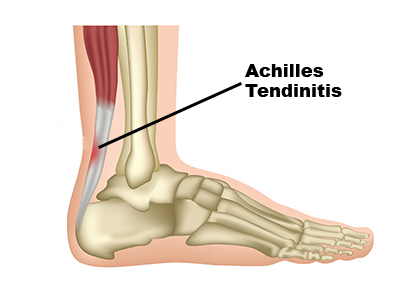
Achilles tendinitis is tendinitis of the Achilles tendon, generally caused by overuse of the affected limb and is more common among athletes training under less than ideal conditions. It should not be confused with xanthoma of the tendon, which is the accumulation of cholesterol in patients with familial hypercholesterolemia.
Bunions:
A bunion is a deformity of the joint connecting the big toe to the foot. The big toe often bends towards the other toes and the joint becomes red and painful. Onset is gradual. Complications may include bursitis or arthritis.
The exact cause is unclear. Proposed factors include wearing overly tight shoes, family history, and rheumatoid arthritis. Diagnosis is generally based on symptoms and supported by X-rays. A similar condition of the little toe is referred to as a bunionette.
Calluses: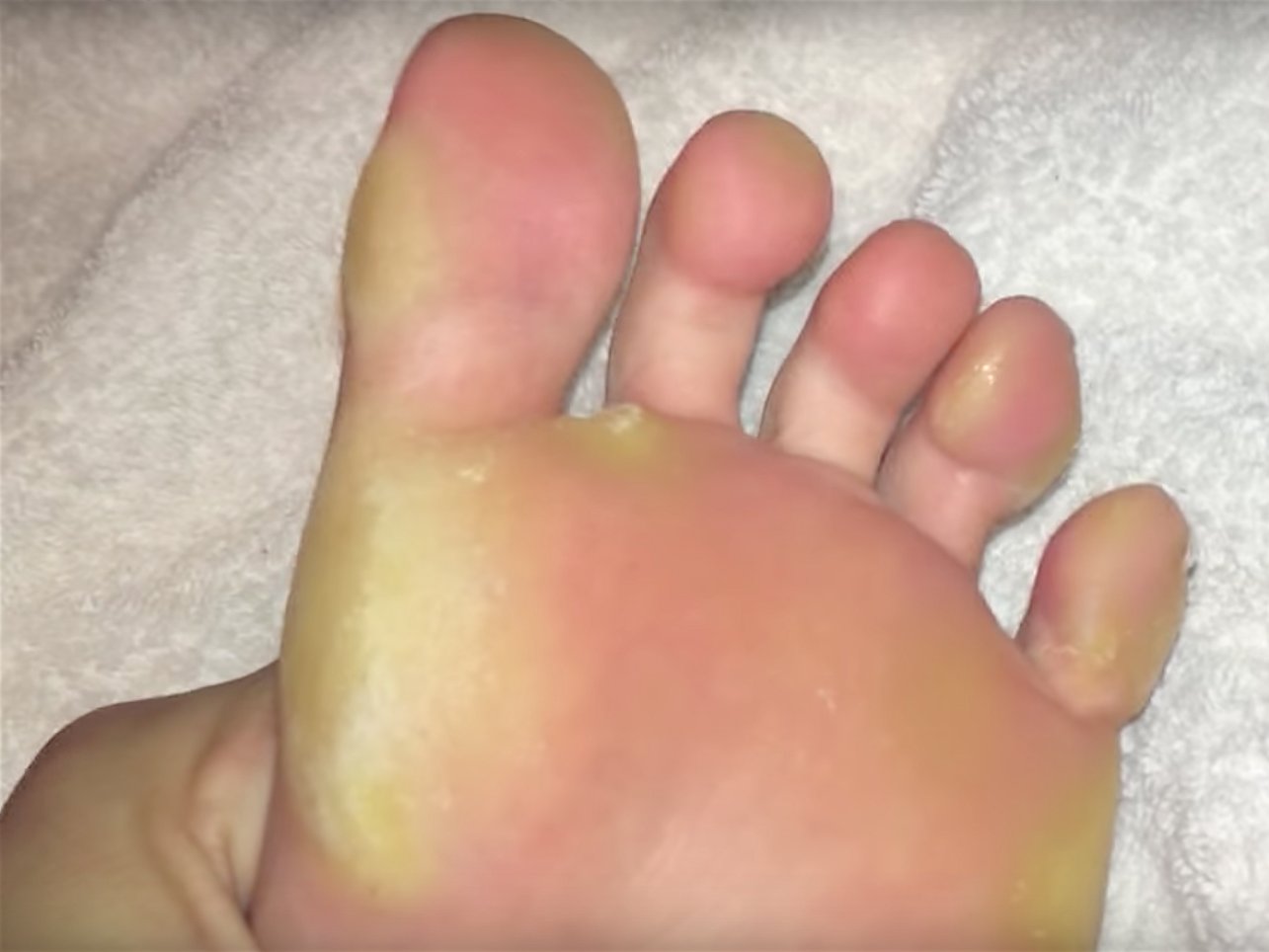
A Callus is an area of skin which has become relatively thick and hard in response to repeated friction, pressure, or other irritation. Rubbing that is too frequent or forceful will cause blisters rather than allow calluses to form. Since repeated contact is required, calluses are most often found on feet because of frequent walking. Calluses are generally not harmful, but may sometimes lead to other problems, such as skin ulceration or infection.
Hammer Toe: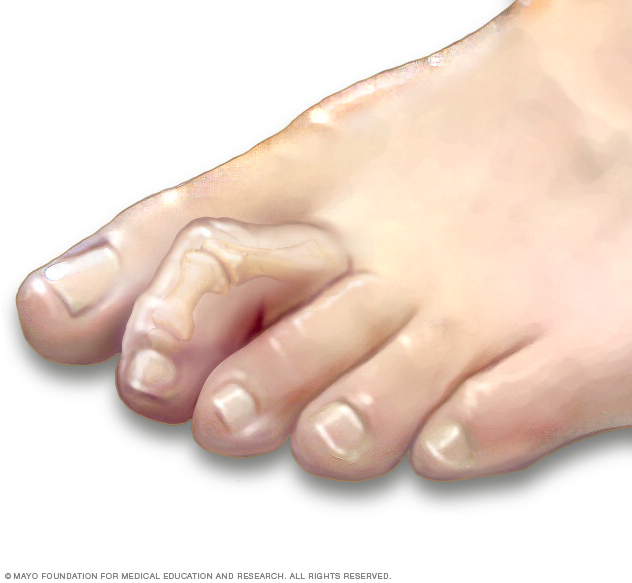
A hammer toe or contracted toe is a deformity of the proximal interphalangeal joint of the second, third, or fourth toe causing it to be permanently bent, resembling a hammer. Mallet toe is a similar condition affecting the distal interphalangeal joint.
Claw toe is another similar condition, with dorsiflexion of the proximal phalanx on the lesser metatarsophalangeal joint, combined with flexion of both the proximal and distal interphalangeal joints. Claw toe can affect the second, third, fourth, or fifth toes.
Neuroma: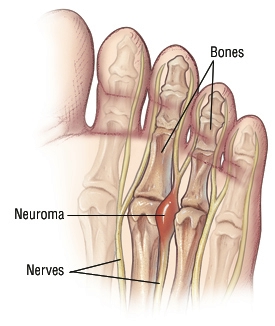
A neuroma is a thickening of nerve tissue that may develop in various parts of the body. The most common neuroma in the foot is a Morton’s neuroma, which occurs between the third and fourth toes. It is sometimes referred to as an intermetatarsal neuroma. Intermetatarsal describes its location in the ball of the foot between the metatarsal bones. Neuromas may also occur in other locations in the foot.
The thickening of the nerve that defines a neuroma is the result of compression and irritation of the nerve. This compression creates enlargement of the nerve, eventually leading to permanent nerve damage.
Overpronation: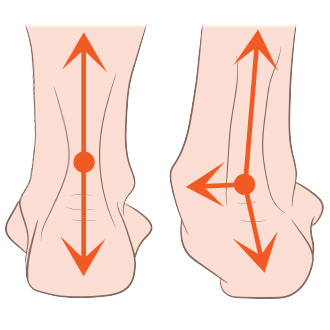
Those who overpronate tend to push off almost completely from the big toe and second toe. As a result, the shock from the foot’s impact doesn’t spread evenly throughout the foot and the ankle has trouble stabilizing the rest of the body. Additionally, an unnatural angle forms between the foot and ankle and the foot splays out abnormally. It is common even for people who pronate normally to have some angle between the foot and the ankle, but not to the extent seen in those who overpronate. In normal pronation the weight is distributed evenly throughout the foot.
Oversupination: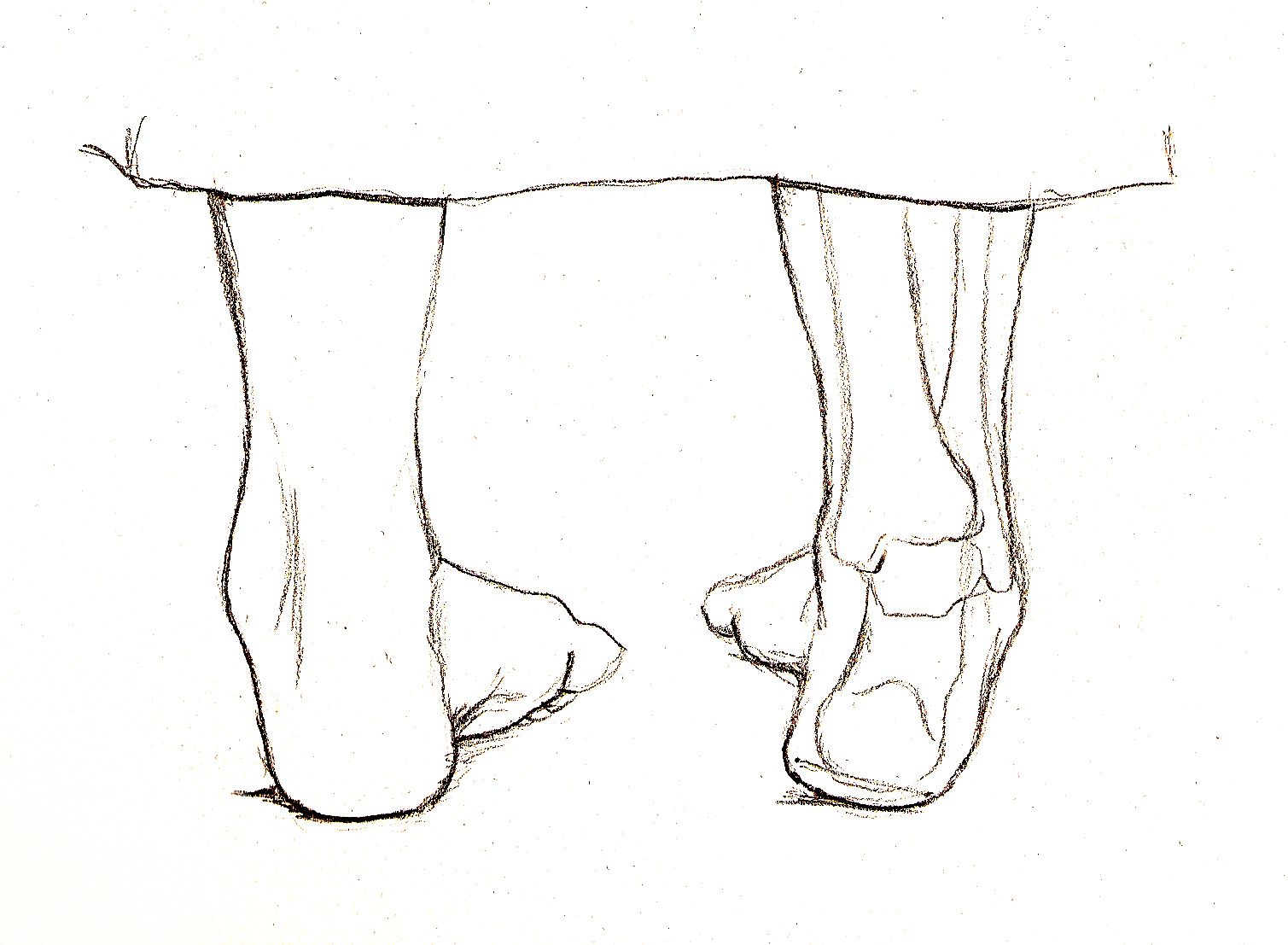
Oversupination is the opposite of overpronation, and occurs when the foot impacts the ground and there is not enough of an “inward roll” in the foot’s motion. The weight of the body isn’t transferred at all to the big toe, forcing the outside of the foot and the smaller toes which can’t handle the stress as well to take the majority of the overweight instead.
Plantar Fasciitis: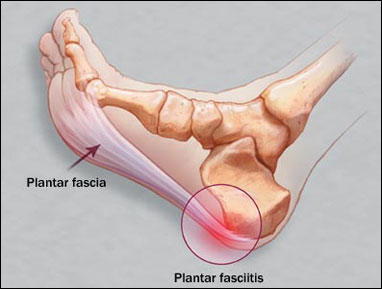
Heel pain is most often caused by plantar fasciitis, a condition that is sometimes also called heel spur syndrome when a spur is present. Heel pain may also be due to other causes, such as a stress fracture, tendonitis, arthritis or nerve irritation. Because there are several potential causes, it is important to have heel pain properly diagnosed.
The most common cause of heel or arch pain is caused by a painful stretching or micro-tearing of the plantar fascia. The plantar fascia is a fibrous or tendon-like structure that courses along the bottom of the foot connecting the toes and calcaneus or heel bone.
During normal conditions, the fascia is flexible and strong. The fascia is partially responsible for the strength and flexibility of the arch and is required for normal walking. However due to factors such as abnormal stress, excessive weight, age, or improper foot support, the fascia can become weakened, irritated or inflamed. If the foot flattens excessively or becomes unstable at critical times during the gait cycle, the attachment of the plantar fascia onto the calcaneus may begin to stretch and pull away from the calcaneus. This painful condition is called plantar fasciitis. After many years a heel spur may develop on the bottom of the calcaneus in addition to plantar fasciitis.
Sciatica:
Sciatica is a medical condition characterized by pain going down the leg from the lower back. This pain may go down the back, outside, or front of the leg. Onset is often sudden following activities like heavy lifting, though gradual onset may also occur. Typically, symptoms are only on one side of the body. Certain causes, however, may result in pain on both sides. Lower back pain is sometimes but not always present. Weakness or numbness may occur in various parts of the affected leg and foot.


